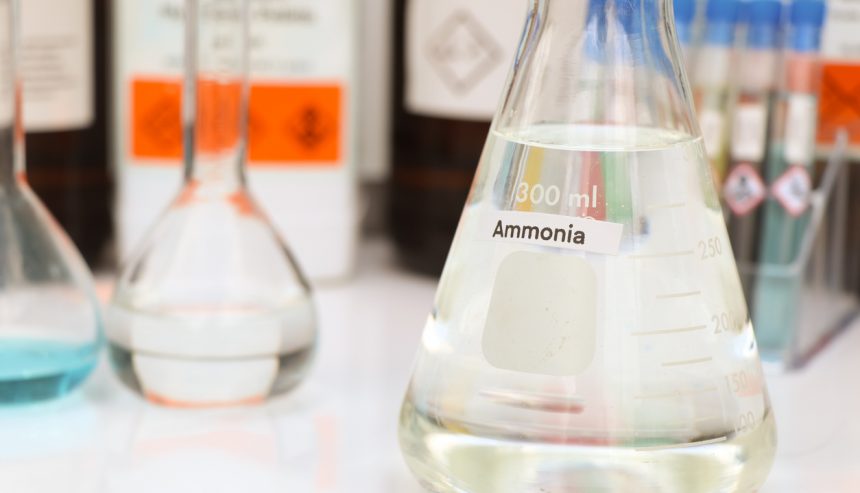Table of Contents
Does Ammonia Kill Mold Spores? That’s the burning question many homeowners ask when they spot mold on their walls or in damp spots. Here’s the short answer: ammonia can neutralize mold spores but only when it comes into direct contact with them on hard, non-porous surfaces. If you’re trying to eliminate airborne spores, ammonia won’t do the job. Let’s dive deeper into what you can do to reclaim a clean, healthy home.
What You Should Know About Mold Spores
Mold spores are tiny, invisible particles that drift through the air in every home. They only become a problem when they land on a damp surface and begin to grow. That’s why it’s nearly impossible to “kill” all mold in the air what you want to focus on is prevention and moisture control.
Does Ammonia Kill Mold Spores on Surfaces?
Yes, on hard, non-porous surfaces like tile, glass, countertops, or metal. Ammonia is a strong base that disrupts mold cell structures and even helps break down some of the toxic substances molds release. That makes it more potent against mold than bleach in many situations.
But it only works on surfaces it contacts directly. If mold has infiltrated porous materials like wood, drywall, or fabric, ammonia won’t get at the spores hiding below the surface.
How to Use Ammonia Safely
If you’re tackling mold on surfaces that can be wiped down, follow this method:
- Gear Up: Open windows, run fans, and wear gloves, eye protection, and a respirator.
- Make the Mix: Combine equal parts clear liquid ammonia and water in a spray bottle.
- Apply Generously: Spray on moldy areas and let it sit for 1–3 hours.
- Scrub & Rinse: Wipe surfaces clean, then rinse and dry thoroughly.
- Repeat If Needed: Be mindful of ammonia’s strong fumes, don’t overuse it.
Limitations to Keep in Mind
- Not for porous materials: Ammonia can’t penetrate deep enough into wood, drywall, or fabric.
- Fumes are hazardous: Use it in well-ventilated areas with proper protection.
- Never mix with bleach: This combo releases dangerous chloramine gas.
Alternative Mold Fighters
If ammonia isn’t right for the job, consider these safer options:
- White vinegar: Kills most mold species and works on porous and non-porous surfaces.
- Hydrogen peroxide or baking soda: Great for fabrics and more delicate materials.
- Commercial cleaners with ammonia: Convenient but still require precautions.
What About Mold Spores in the Air?
Spot-cleaning doesn’t clear your air. Here’s how to tackle airborne spores:
- HEPA air purifiers: Highly effective at capturing spores.
- Maintain 30–60% humidity: Use dehumidifiers to prevent mold growth in the first place.
- Improve ventilation: Exhaust fans in kitchen and bathrooms help remove spore-laden air.
- Service HVAC ducts: Mold in vents can circulate spores throughout your home.
FAQs: Does Ammonia Kill Mold Spores?
Q1: Can ammonia eliminate black mold?
A: On hard surfaces, yes. But porous materials? No.
Q2: What about cleaning clothes or carpets?
A: Not ideal, ammonia can harm fibers and won’t penetrate deeply. Vinegar, baking soda, or professionals are smarter choices.
Q3: How long should ammonia sit on mold?
A: Let it work 1–3 hours before scrubbing. More stubborn spots might need another round.
Q4: Is it safe to breathe during cleaning?
A: Only if you have plenty of ventilation and proper protective gear. Don’t risk it in a closed room.
Q5: Why avoid bleach?
A: Bleach may mask mold and doesn’t remove toxins thoroughly. Plus, mixing it with ammonia is dangerous.
Prevention Is the Real MVP
The best way to control mold spores is to stop them from thriving:
- Fix leaks, dry wet areas, and reduce humidity.
- Keep airflow moving.
- Clean and ventilate regularly in moisture-prone rooms.
When to Call Puroclean of South Merced
If the mold covers more than 10 ft², or it’s embedded in drywall, wood, or HVAC systems, you’ve got a serious infestation. That’s when DIY won’t cut it. Enter Puroclean of South Merced:
- Thorough inspections to locate the root cause of moisture and mold.
- Industrial-grade removal equipment to ensure full elimination.
- HEPA air scrubbers to cleanse the air of lingering spores.
- Certified processes and containment to protect your family and property.
You deserve a safe, healthy home without the guesswork. Call today for a free quote!
Final Take
So, does ammonia kill mold spores? In the right conditions on hard surfaces, when used properly it’s a powerful tool. But it’s not a cure-all. Use ammonia alongside proper ventilation, humidity control, air filtration, and, when needed, professional mold remediation. That’s the winning strategy for a mold-free, comfortable home.



